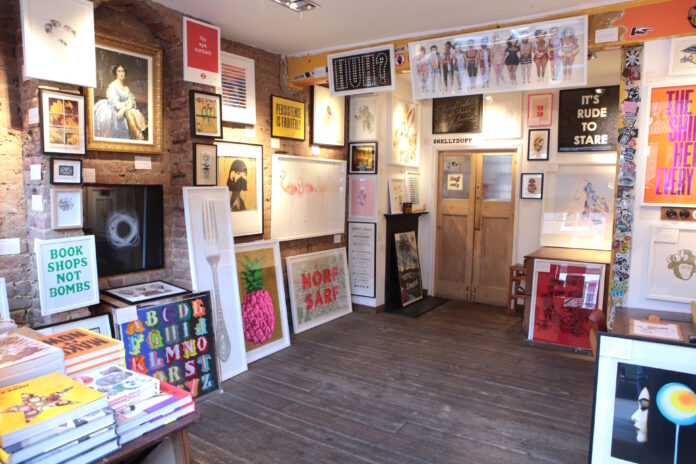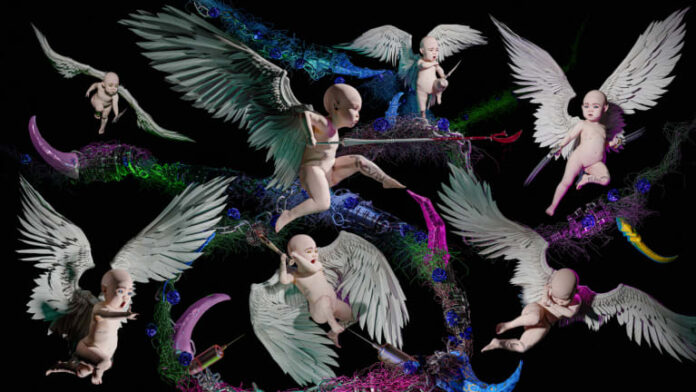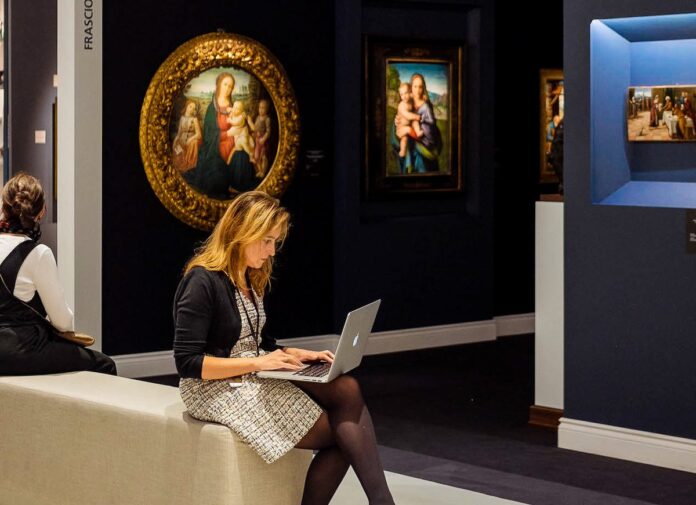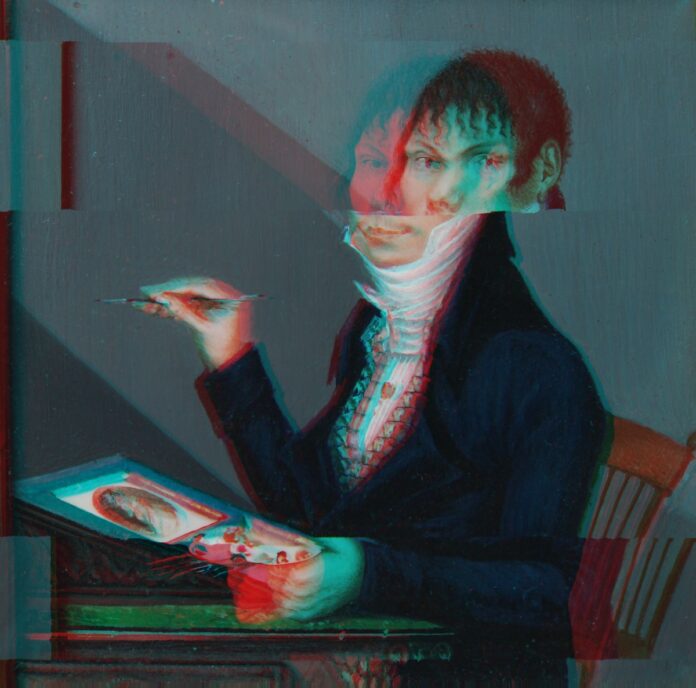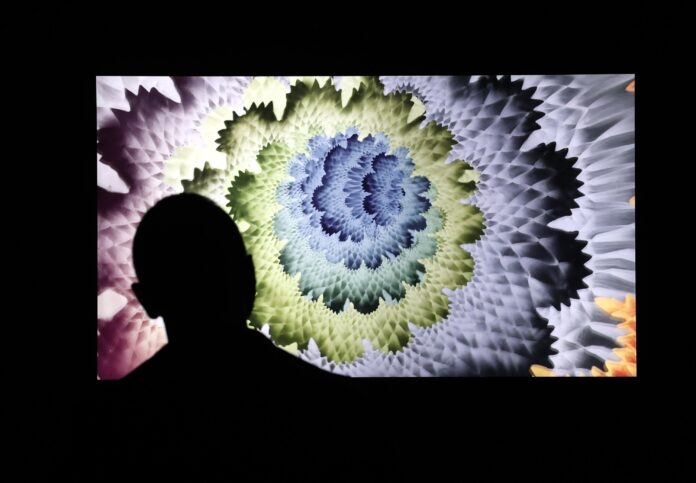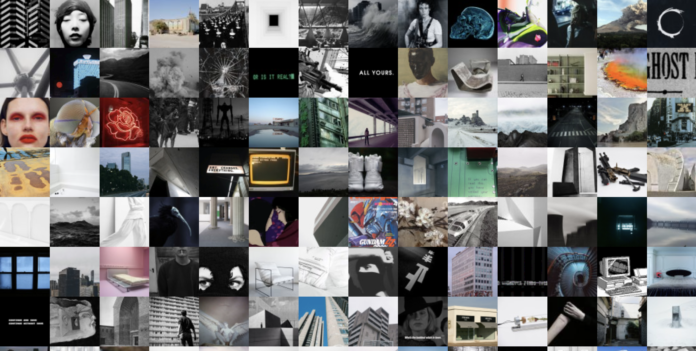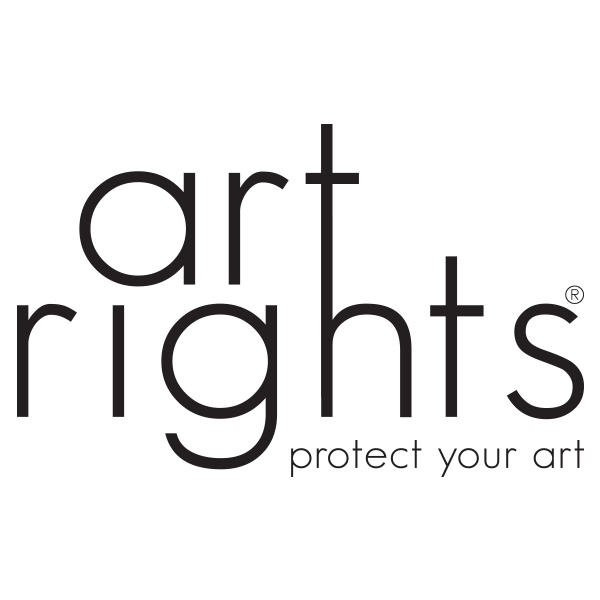Everything you need to know about NFTs
The answers to the whys are all crazy about NFTs in the art world
After the record sale of Beeple at Christie’s, which took place last March 11, a real Crypto Mania has broken out in the world of art.
The platforms have been literally stormed by artists and collectors who want to become part of the Crypto Art Market, those producing NFT (Non Fungible Token), those selling or buying them.
So here is a guide to answer all the questions that professionals in the art world are asking themselves about the Crypto NFT art market right now.
What is a NFT?
NFTs, or “non-fungible tokens” can be thought of as ownership certificates for virtual resources, including art, encrypted within the Blockchain through a Smart Contract.
NFTs offer the following benefits:
Scarcity: When tokenizing digital art on the blockchain they can define the number of editions they want to publish or establish that the work is one of a kind.
Authenticity: when a digital work is uploaded to the blockchain, it can no longer be modified. Collectors thus have the guarantee that the artwork they are purchasing is the original.
Ownerships: each transfer / purchase of a digital work is recorded on the blockchain. This means that it is always possible to document the history of the property and the origin of the work.
Is it possible to download or copy an NFT-based artwork and what does it mean for ownership?
Anyone can download and share a digital or jpeg copy of an image. But in the case of digital art, it is the NFT that is assigned a value, thus becoming a digital token capable of being bought and sold. This way only the blockchain verified owner owns the job.
What is blockchain?
The Blockchain is a ledger, a virtual register where information is validated by multiple users, making the entered data incorruptible and confirming its authenticity and veracity. Once a data has been entered into this ledger, it cannot be changed or deleted by any single authority.
What is the potential of NFTs in the world and in the art market?
On March 11, 2021, Christie’s sold the first purely digital NFT-based artwork ever offered by a major auction house for $ 69,346,250.
This event has stimulated artists and collectors to trust and exploit the potential of technology to access a way to produce, enjoy and collect art to be discovered.
This is because thanks to NFTs we can finally trace the provenance of digital works, reconstruct history and give guarantees on their authenticity.
Now even the Sotheby’s auction house has been fully involved in the crypto and nft world.
How big is the NFT market?
According to the 2020 NFT Report, published by L’Atelier BNP Paribas and Nonfungible.com, the value of the NFT market grew by 299% in 2020. More than 222,000 people participated in sales worth $ 250 million, quadrupling the volume. in 2019.
According to the Crypto.art portal, in November 2020, sales of NFT-based art had reached the value of approximately 1.5 million dollars. In January 2021 they had exceeded 10 million and in March 2021 they are at 120 million dollars.
Are collectors likely to pay as much for digital art as for physical art?
Specialists, including Mariolina Bassetti, Chairman of Post-War & Contemporary Art, Continental Europe and Chairman of Christie’s Italia, believe that we are on the verge of a completely new market for the world of art whose future is uncertain and unexpected.
However, the future of the Crypto market, as well as that of traditional art, will depend on the quality of the artists’ works and the collector’s demand, regardless of the physical or digital medium.
Could NFTs just be a speculative fad of the moment?
We are only at the beginning to make predictions. The impact of this nascent market has been extraordinary, and not just for the art world.
By attaching value to digital art, NFTs open the door to a sea of possibilities, creating a new avenue for the global art market.
Photo Credits: Metropolitan Museum of Art, modified by CoinDesk
And you, are you ready to find out more about the Crypto Art NFT market?

